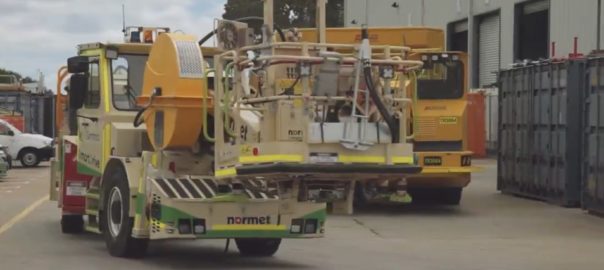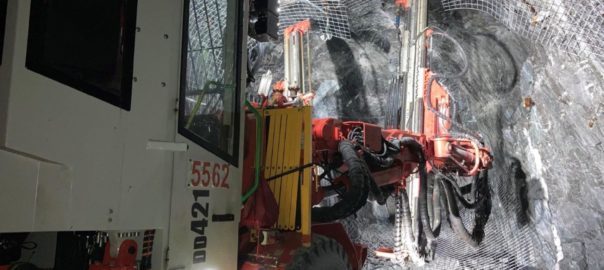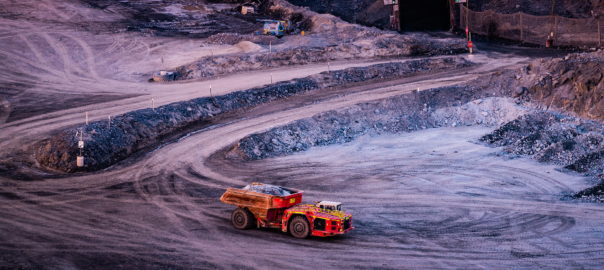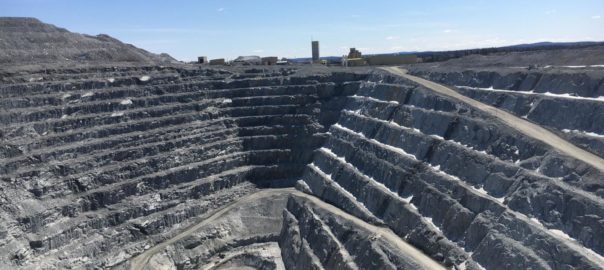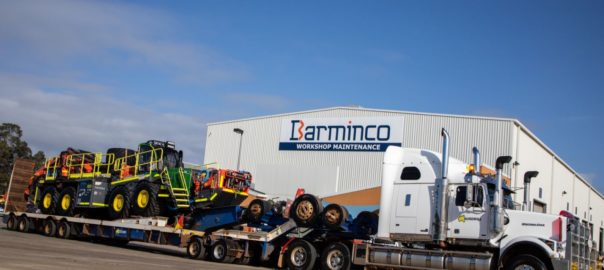Normet’s Charmec MC 605 VE Smart Drive battery-powered emulsion charger is continuing its tour of Australia, with Barminco signing up to trial the machine for three months at the Independence Group-owned Nova nickel-copper-cobalt underground mine in Western Australia.
Barminco, a Perenti company, says the trial is part of its commitment to improving performance and driving sustainability initiatives across its business. It represents the contractor’s first heavy-duty battery electric vehicle (BEV) trial, coming on top of the short trial it conducted with Safescape’s Bortana light electric vehicle, also at Nova.
The MC605 VE Smart Drive will be a direct replacement for the diesel-powered MC605 D Barminco uses at its underground client sites, with the battery-electric trial likely involving a mix of production and development operations.
“Along with the maintenance and cost benefits of using battery-electric equipment underground, it will also provide an improved work environment for our people,” Barminco said.
OZ Minerals, in October, became the first miner in Australia to take delivery of a battery-powered Normet Charmec MC 605 VE SD. The charging unit, which arrived at the Carrapateena copper-gold mine in South Australia, was also put through a three-month trial.
The work at Carrapateena involved the charging of 30 faces – all of which were charged without any major problems – with tramming times of 5-15 minutes and tramming distances of 1-3.5 km from the explosives warehouse to the face and back, according to Normet. The process saw 4.5 m long cuts and an average of 65 holes, with 300-400 kg of emulsion loaded per cut.
The trial involved the use of an on-board 1.5 t Emulsion Charging Module system provided by Normet and the application of Downer Blasting Services’ HEAT® 9000 ammonium nitrate emulsion.
The unit carried out charging with and without a trailing cable plugged into the mine site’s electricity infrastructure and a SmartDrive CT40 DC-charging trolley was also employed.
Reflecting on the Carrapateena trial, Normet said: “SmartDrive battery-electric vehicle architecture proved its ability for emulsion charging as this process is extremely energy efficient and enables independent operations even without a trailing cable plugged in.
“Silent slope performance as well as exhaust-, heat- and noise-free charging operations made a real impression on all users of the SD Charmec.”







